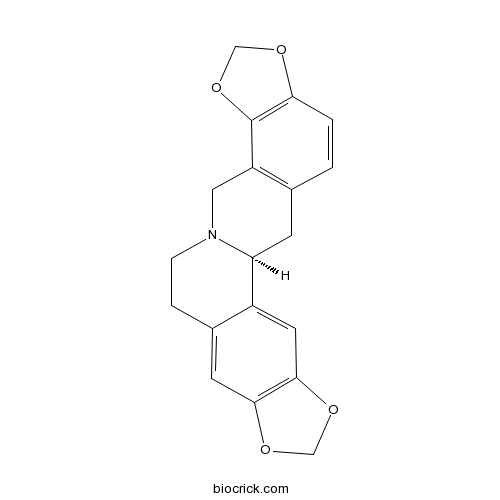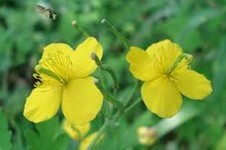Chelidonium majus L.
Chelidonium majus L.
Chelidonium majus is a PERENNIAL growing to 0.5 m (1ft 8in) by 0.4 m (1ft 4in) at a fast rate. It is hardy to zone 6 and is not frost tender. It is in flower from May to August, and the seeds ripen from Jul to September. The flowers are hermaphrodite (have both male and female organs) and are pollinated by Bees, flies, beetles, self.The plant is self-fertile. Greater celandine has a long history of herbal use[4]. Traditionally it was employed as an ophthalmic to treat and clear the eyesight whilst in modern herbal medicine it is used more as a mild sedative, antispasmodic and detoxifying herb, relaxing the muscles of the bronchial tubes, intestines and other organs[254]. The latex is much used externally to treat warts. Caution should be employed, especially when the plant is used internally however, because it contains toxic alkaloids[7, 21]. The leaves and the sap are acrid, alterative, anodyne, antispasmodic, caustic, cholagogue, diaphoretic, diuretic, hydrogogue, narcotic, purgative[4, 7, 9, 21, 46, 165, 238].
Products from Chelidonium majus L.
- Cat.No. Product Name CAS Number COA
-
BCN5275
Chelerythrine 34316-15-9
PDF
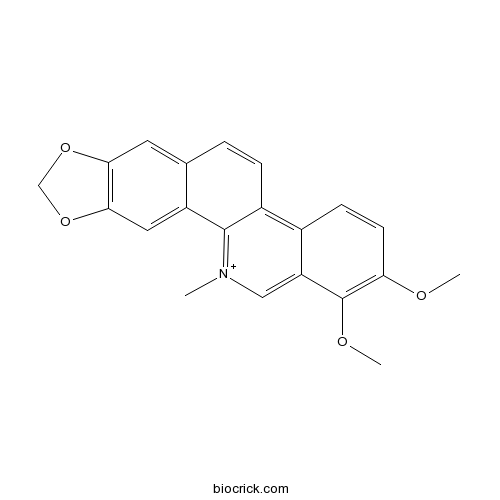
-
BCN2463
Chelidonine 476-32-4
PDF
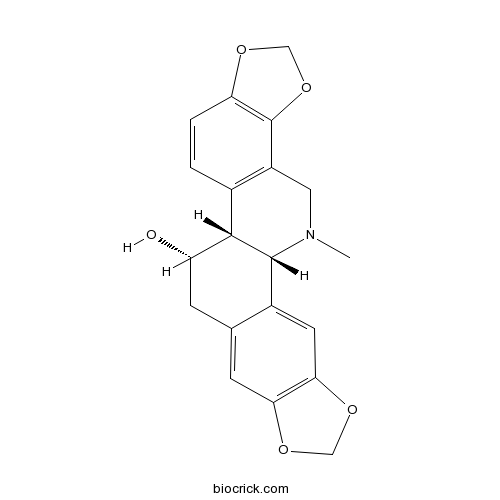
-
BCN4911
Berberine 2086-83-1
PDF
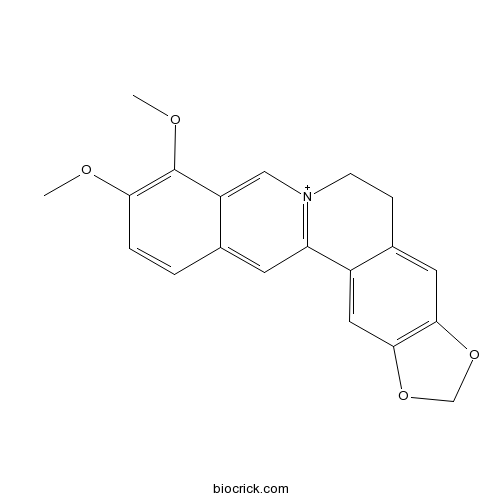
-
BCN5102
Sanguinarine 2447-54-3
PDF
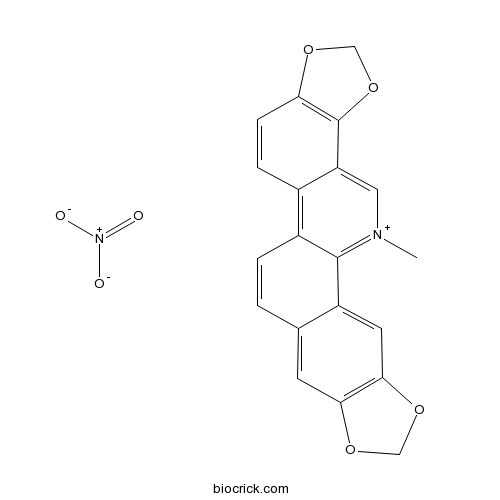
-
BCN2326
(-)-Sparteine 24915-04-6
PDF
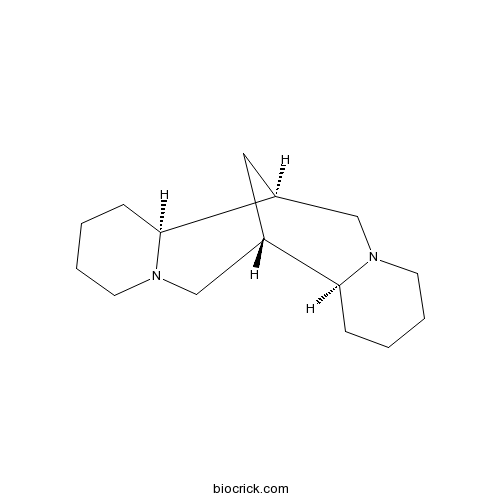
-
BCN6165
Protopine 130-86-9
PDF
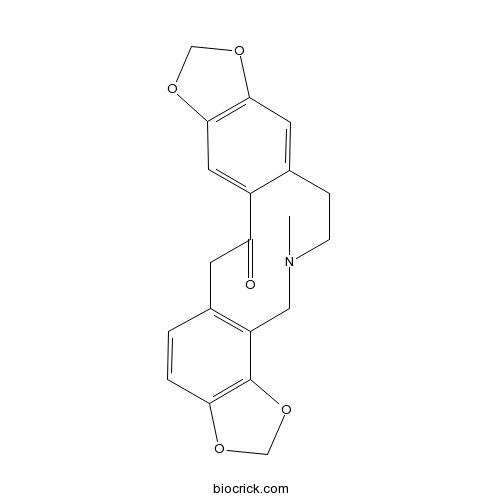
-
BCN5374
Citric acid 77-92-9
PDF
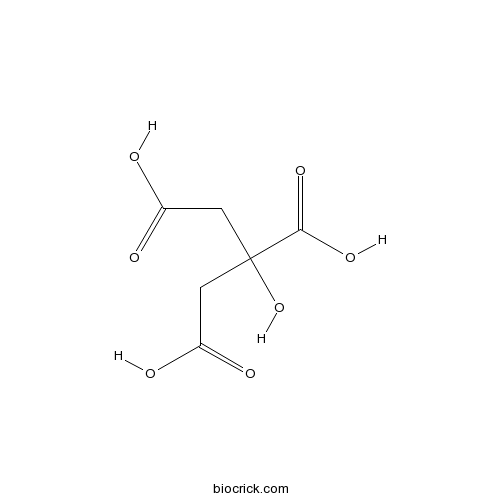
-
BCN5787
Ergosterol 57-87-4
PDF
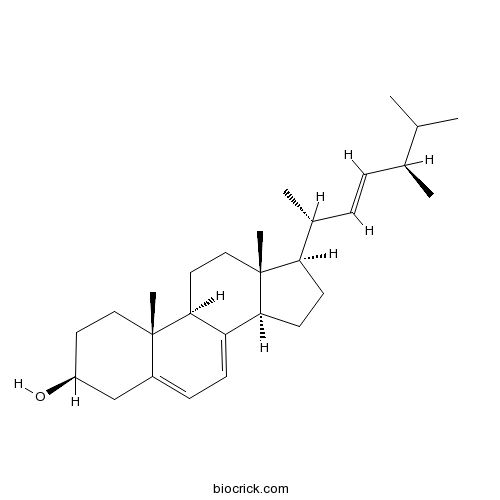
-
BCN4864
Oxychelerythrine 28342-33-8
PDF
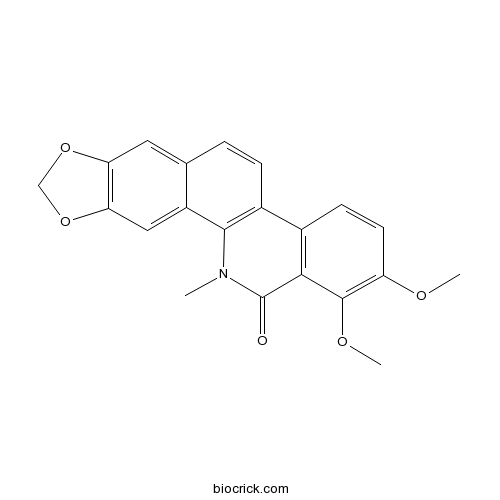
-
BCN6320
Coptisine 3486-66-6
PDF
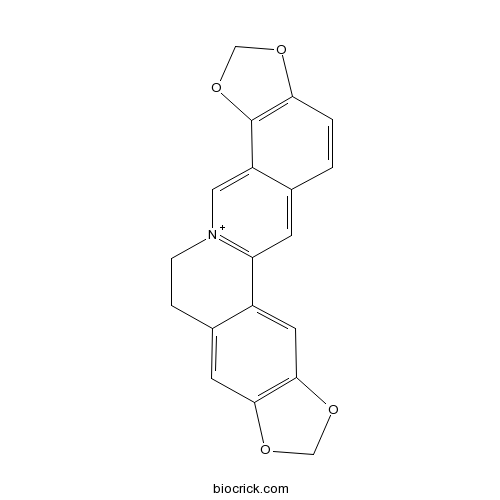
-
BCN3713
Dihydrosanguinarine 3606-45-9
PDF
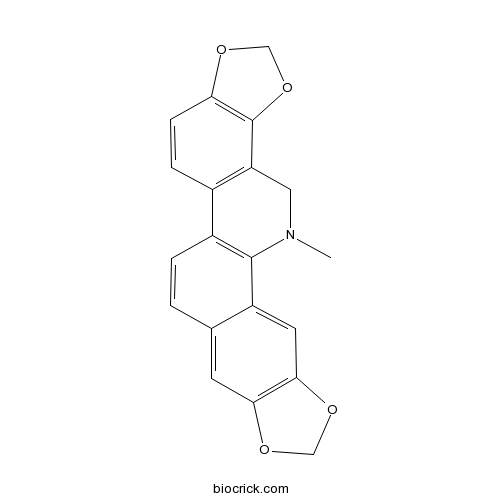
-
BCN5429
8-Acetonyldihydrosanguinarine 37687-34-6
PDF
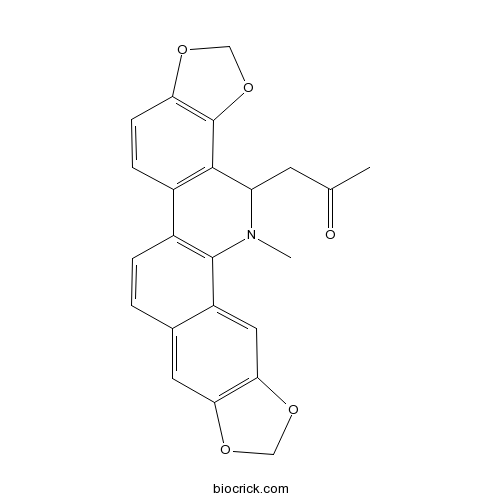
-
BCN3714
Norsanguinarine 522-30-5
PDF
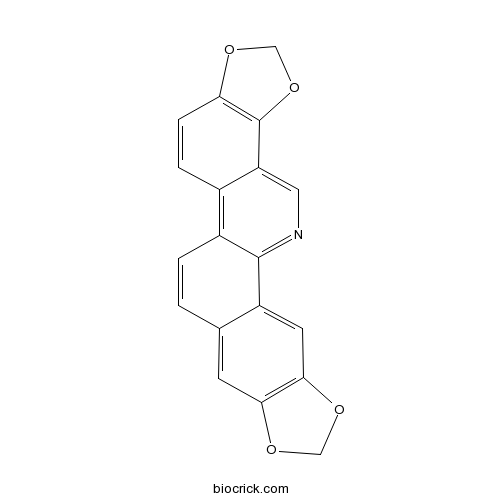
-
BCN6321
Coptisine chloride 6020-18-4
PDF
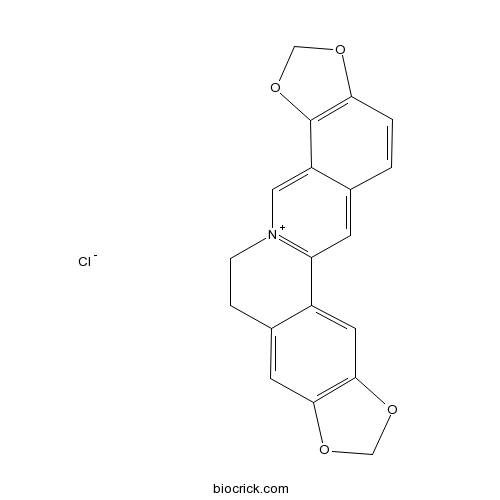
-
BCN2273
Dihydrochelerythrine 6880-91-7
PDF
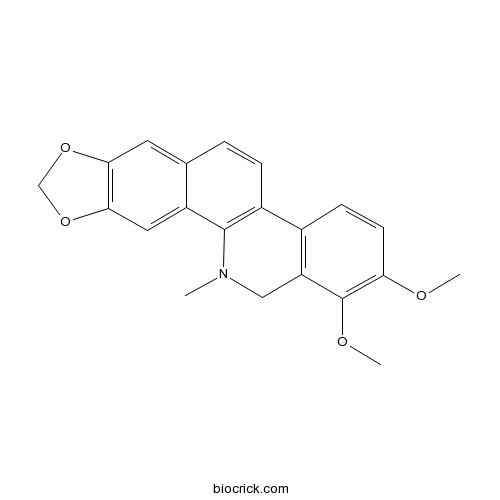
-
BCN3643
Norchelerythrine 6900-99-8
PDF
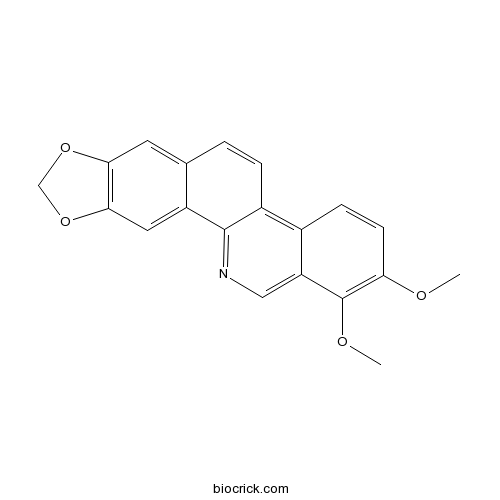
-
BCN2286
Coptisine sulfate 1198398-71-8
PDF
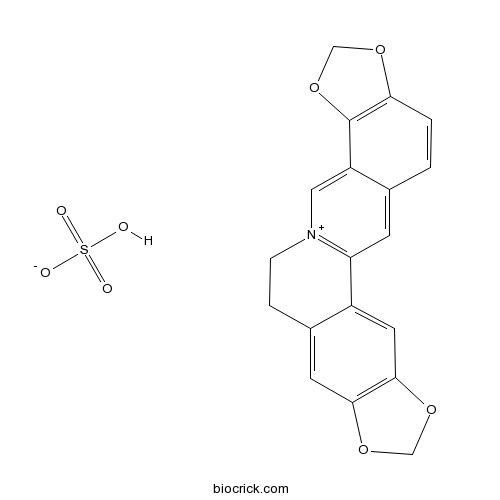
-
BCN3715
Stylopine 84-39-9
PDF
